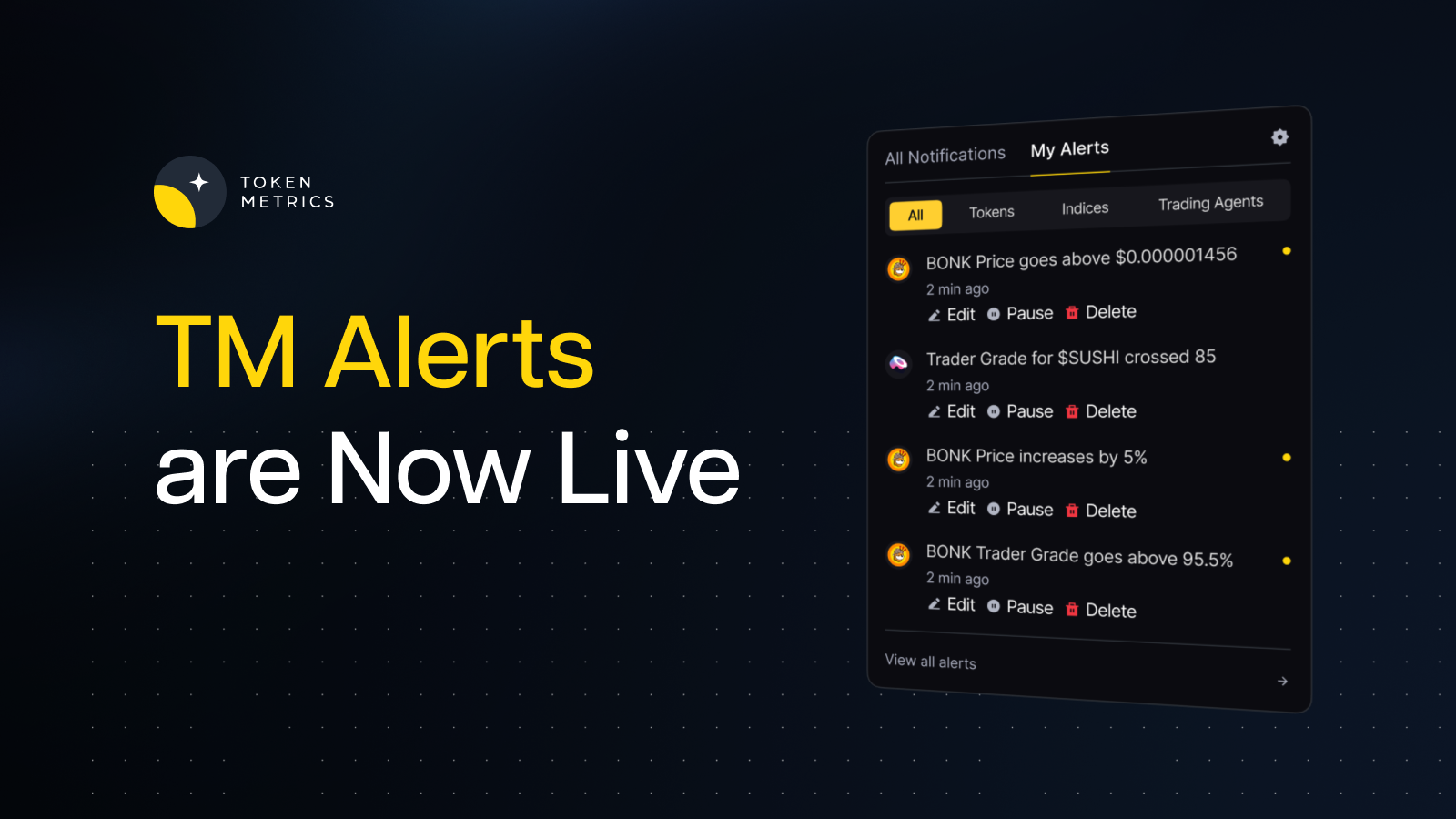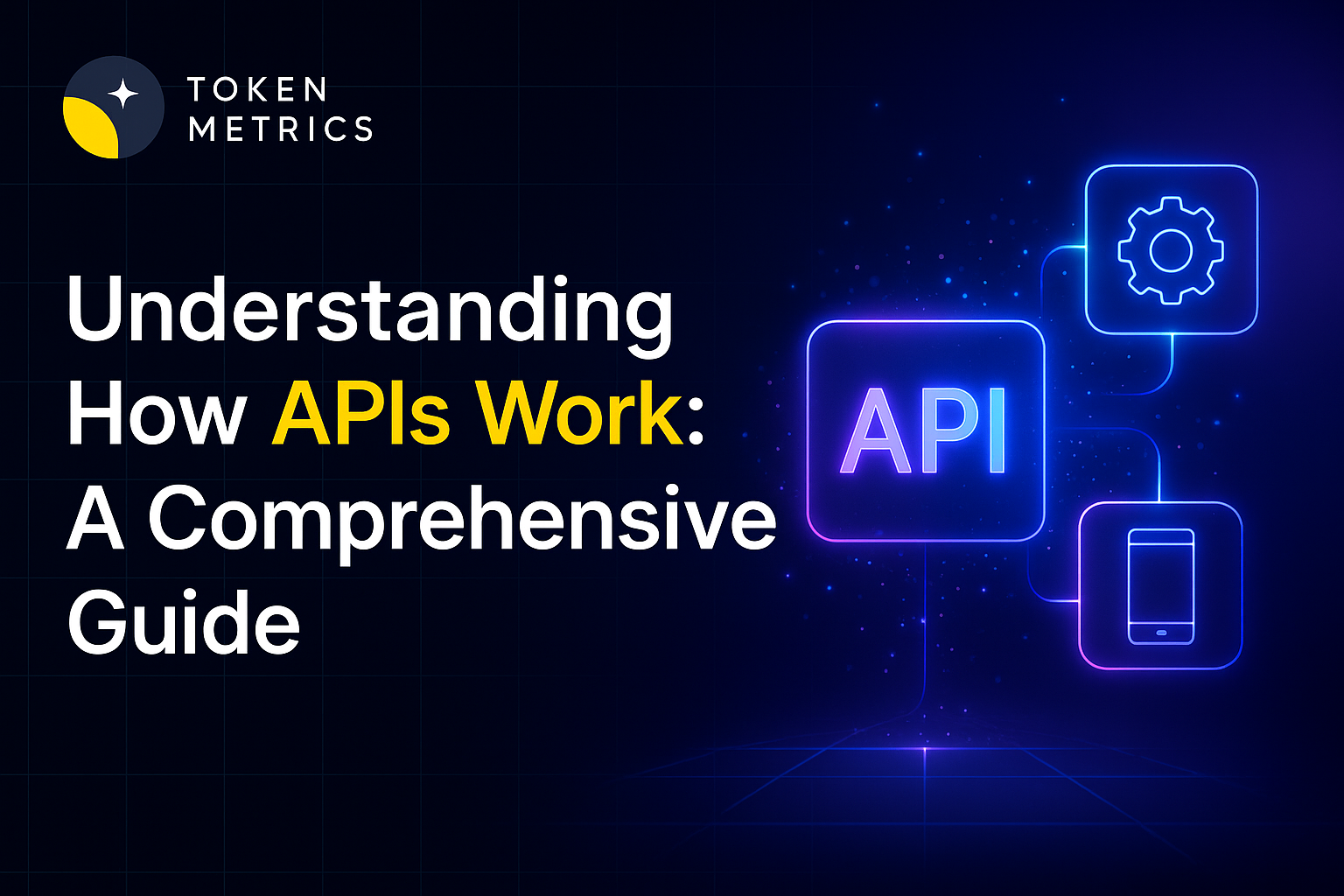How to Evaluate New Crypto Projects Before Investing?

In the fast-paced world of cryptocurrency, it's essential to thoroughly evaluate a project before investing your hard-earned money.
With thousands of cryptocurrencies flooding the market, it can be challenging to determine which ones hold promise and which ones are destined to fade away.
This comprehensive guide will walk you through the process of evaluating cryptocurrencies, so you can make informed investment decisions and maximize your chances of success.
Explore the Project's Website
A cryptocurrency project worth considering should have a well-designed and informative website. Start your evaluation by visiting the project's website and looking for the following key elements:
- Up-to-date and user-friendly: A reputable project will keep its website current and easy to navigate. Outdated information or a poorly designed site could be a red flag.
- Team information: Look for details about the project's team members. A transparent and trustworthy project will introduce its team and their qualifications.
- Token's objective: The website should clearly define the objective of the cryptocurrency token. Does it solve a particular problem or provide a unique value proposition?
- White paper availability: A white paper is a crucial document that outlines the project's goals, strategies, and tokenomics. Make sure the website provides a downloadable white paper for further analysis.
Dive into the White Paper
The white paper serves as the backbone of a cryptocurrency project. It provides detailed information about the project's vision, utility, and tokenomics.
While some white papers can be technical, understanding the key aspects is essential. Pay attention to these important elements:
- Problem-solving capabilities: The white paper should clearly state the problem the project aims to solve. Evaluate whether the proposed solution is innovative and feasible.
- Roadmap: Look for a roadmap that outlines the project's expected stages of growth and development. This will give you an idea of the project's long-term plans and potential milestones.
- Token utility: Understand how the tokens will be used within the project's ecosystem. Is there a clear utility and demand for the tokens?
- Token distribution: The white paper should provide details about how tokens will be distributed among investors. Assess if the distribution model is fair and transparent.
Evaluate Social Media and News Presence
A cryptocurrency's social media and news presence can give you valuable insights into its community engagement and overall sentiment.
Consider the following factors when assessing a project's social media and news presence:
Community engagement: Visit the project's social media channels like Twitter, Discord, or Reddit. Look for active community moderators and meaningful interactions among community members. A strong and engaged community is a positive sign.
News mentions: Determine the project's visibility in the news. Positive mentions and coverage can indicate growing interest and potential investment opportunities. However, be cautious of excessive hype without substance.
Analyze the Project Team and Partnerships
The success of a cryptocurrency project often hinges on the capabilities and experience of its team members. Assess the project team and any partnerships they have established:
Team expertise: Research the background and qualifications of the team members. Look for relevant experience in the blockchain industry or related fields. A team with a strong track record is likelier to deliver on their promises.
Industry partnerships: Check if the project has established partnerships with reputable brands or organizations. These partnerships can provide valuable support and credibility to the project.
Examine Market Metrics
Market metrics provide insights into a cryptocurrency's performance and potential. Consider the following metrics when evaluating a cryptocurrency:
- Market capitalization: Market capitalization indicates a cryptocurrency's relative size and stability. While a high market cap can be a positive sign, it's also important to consider other factors.
- Trading volume: Trading volume reflects the level of investor activity in a cryptocurrency. Higher trading volume generally indicates greater liquidity and price stability.
- Supply metrics: Assess the coin's supply metrics, such as circulating supply and total supply. Understanding the scarcity or abundance of a coin can impact its value and future price potential.
- Token ratings: Consult platforms that provide ratings for cryptocurrencies, such as Token Metrics or TokenInsight. These ratings can offer insights into the risks and prospects associated with a particular coin.
Note - Remember to conduct thorough research, read financial blogs, stay updated with the latest news and developments, and consider your own financial goals and risk tolerance.
Study Price History
Analyzing a cryptocurrency's price history can provide valuable insights into its volatility and overall trajectory.
While past performance does not indicate future results, understanding price trends can help you make more informed investment decisions.
Look for gradual and steady price increases rather than erratic spikes followed by sharp declines, which may indicate pump-and-dump schemes.
Determine Utility and Potential for Adoption
Evaluate the cryptocurrency's utility and its potential for widespread adoption. Consider whether the project solves a real-world problem or offers value within the blockchain ecosystem.
Cryptocurrencies with practical use cases and strong adoption potential are more likely to retain their value over time. Look for projects that have partnerships with established businesses or offer unique features that set them apart from competitors.
By following this comprehensive evaluation guide, you can make more informed decisions when investing in cryptocurrencies.
Cryptocurrency investments can be highly rewarding, but they require careful analysis and due diligence to maximize your chances of success.
Disclaimer
The information provided on this website does not constitute investment advice, financial advice, trading advice, or any other advice, and you should not treat any of the website's content as such.
Token Metrics does not recommend buying, selling, or holding any cryptocurrency. Conduct your due diligence and consult your financial advisor before making investment decisions.
Create Your Free Token Metrics Account

.png)




%201.svg)
%201.svg)


%201.svg)










.svg)




.png)